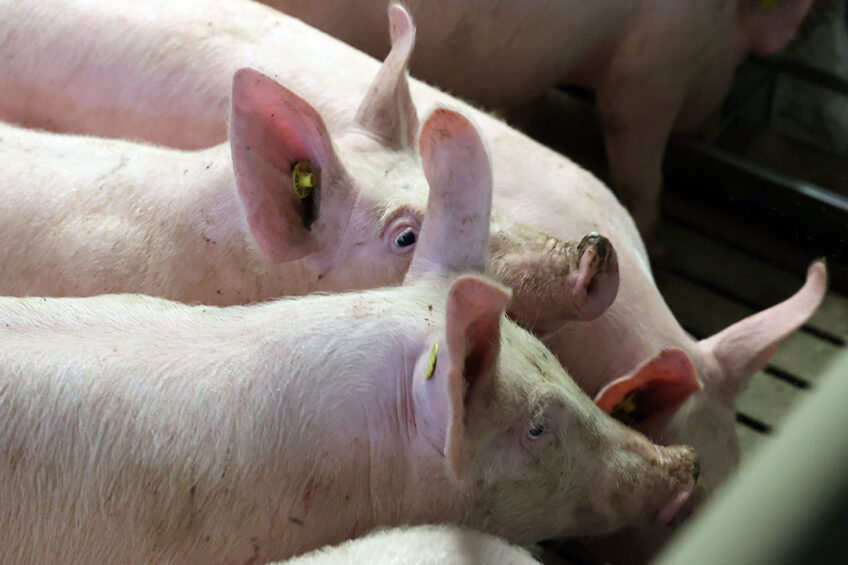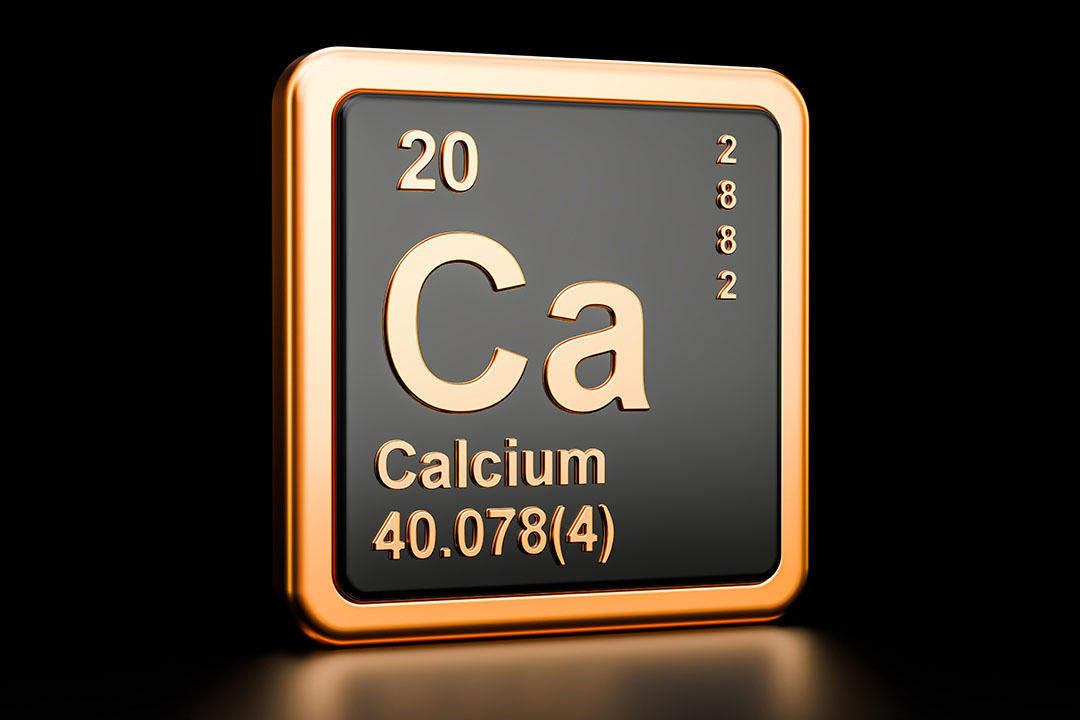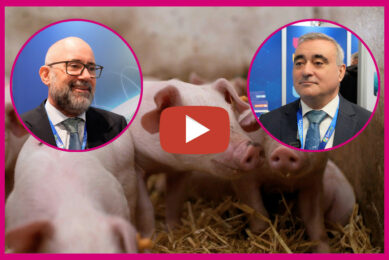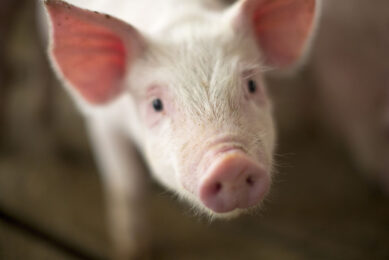Lowering calcium levels in weaner diets

Is it such a good idea to include high levels of calcium in diets for just-weaned piglets? Pig nutrition expert Dr Francesc Molist says that perhaps it is time to reconsider calcium levels for the immediate post-weaning period.
An acid stomach environment in pigs is necessary as a natural barrier and for the onset protein digestibility. However, newly weaned piglets produce limited amounts of hydrochloric acid in their stomach, resulting in an elevated stomach pH. When the stomach pH is too high, the amount of undigested substrate being fermented in the large intestine increases, which results in increased risk of post-weaning diarrhoea.
Ingredients with a high buffer capacity
Some ingredients (e.g. mineral supplements, protein rich feedstuffs) have a high buffering capacity, meaning that they will increase the stomach pH. So care should be taken when including such ingredients in newly weaned piglet diets.
When formulating diets for early post-weaning pigs, beyond the need to meet the animal calcium and phosphorus requirement, you also need to take into consideration the impact of mineral supplements on the dietary buffering capacity of the diet. The 2 main ingredients that bring high buffering capacity to the post-weaning diets in the first place are zinc oxide and calcium sources.
Zinc oxide and calcium
Zinc oxide will be soon banned in the European Union. Depending on the calcium source, the acid binding capacity (ABC-4) can vary from around 9,000 meg/kg in limestone to around 3,000 meq/kg in calcium formate. The particle size of limestone may also influence its ABC-4.
On the other hand, calcium requirements by pigs are maintained by bone stores, which means that basal the requirement of calcium is not needed at all times. Moreover, oversupplying dietary calcium results in decreased performance, especially if phosphorus is below the requirement in the diet.

Helping to prevent diarrhoea
Therefore, it can be hypothesised, that limiting the calcium uptake by the piglet for a short period (days to couples of weeks), might have a minimal effect on performance and bone health. In this way, the diet buffering capacity can be lowered, which might help preventing diarrhoea in the early post-weaning period.
Taking this into account, it can be suggested to limit that the addition of limestone in diets during the immediate post-weaning period and target a calcium level around 5-6 g/kg. Phytase should also be included, but always taking into account its calcium-release effect.











